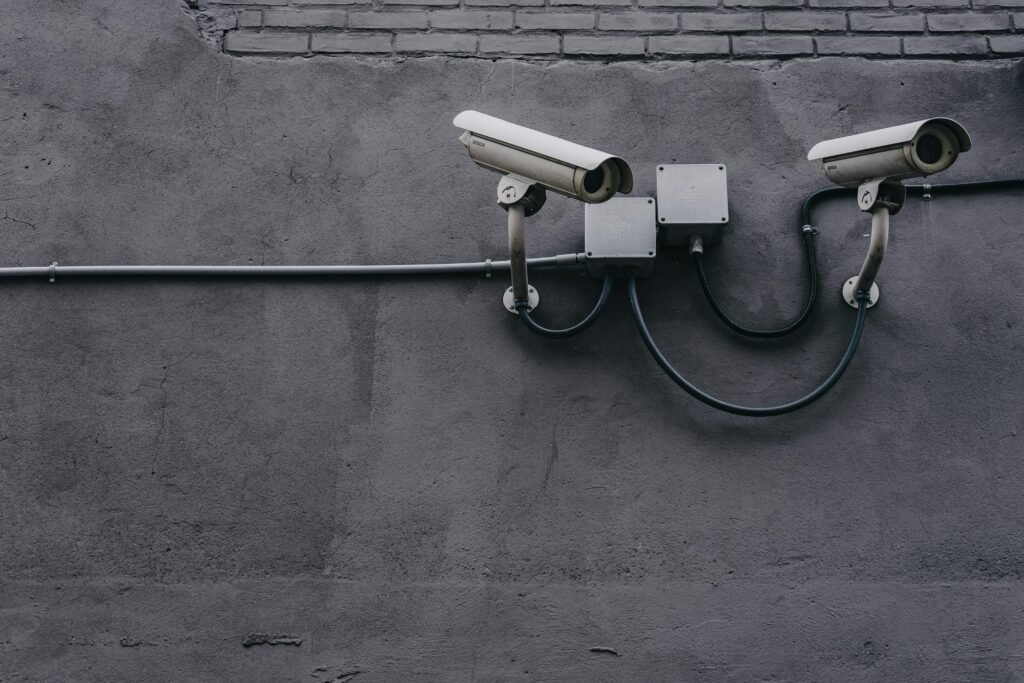Systems that utilize solar energy are becoming more commonplace within various settings – including remote towns along the coast and within busy industrial zones. Each environment certainly provides unique infrastructure obstacles. Salt and humidity are constant challenges within coastal territories. Not only this, chemical vapor, dust, and vibrations pervade industrial settings. In this regard, the slight exposure of corrosion-sensitive components, like metal mounts, becomes a reality. That’s where Fibre Reinforced Plastic mounts enters. With their exceptional strength, safety, and durability, these problems can be resolved.
A pioneer in competitive solar mounting strategies, PIR Electronic, has differentiated itself through the integration of FRP technology within habitats that rely on strength and resistance. Keep reading to know how FRP mounts stands out for coastal areas.
The Realities of Coastal and Industrial Environments
The use of solar energy within coastal ranges faces continuous exposure to saline air, humidity, and strong winds, all of which make metal mounts more susceptible to corrosion. Industrial sites present a unique problem within themselves and are composed of a cluster of chemicals and dust along with rising temperatures, which cause corrosion, along with electrical dangers accompanying rusting.
Classic metal mounts are prone to rust and corrosion, along with:
- Rust occurs in the mounts that are supposed to support a system and are prone to collapse, in turn losing the structural load.
- A shock and short circuit risk that are eliminated due to the increased conductivity while supporting electric equipment.
- A serious financial commitment that is brought forth within the system due to constant moderate anti-rust treatment along with paint within the structure, inclusive of the mounts.
FRP mounts are designed to endure these specific environmental conditions without losing any of their mechanical strength or stability.
What Makes Fibre Reinforced Plastic the Right Material?
FRP (Fibre Reinforced Plastic) is used in the form of glass fibres and polymer resin composites to form glass polymer composites. This combination gives rise to a form of structure that is both light and strong in nature.
FRP is perfect for mounting solar panels because it is:
- UV protected – No deterioration in strength or colour. FRP is a material that forms under sunlight, and it does not suffer any loss of strength or colour under the sun.
- Non-conductive – Eliminates the risk of electric shock and voltage hazards.
- Non-corrosive and rust-proof – Unaffected by rust, chemicals, and moisture.
- High mechanical strength – Supports the combined weight of solar panels and withstands wind from any direction.
This is the reason FRP serves as an improvement to structural safety and strength.
Why FRP Mounts Excel in Coastal Installations
Coastal weather and the FRP Mounts solve these problems by offering long-lasting resistance that does not degrade.
Advantages of FRP Mounts in Coastal Areas:
- No salt damage: FRP does not suffer from chloride-induced corrosion.
- Lightweight and easy to install: Especially designed for rooftops in the coastal region, where wind conditions are unpredictable.
- Long term stability: Does not weaken, rust, or flake like steel.
PIR Electronic has engineered solutions to keep the mounts secure, ensuring the solar panels function properly for coastal areas, even under the extreme conditions of harsh marine air, for years.
Why Industrial Sites Are Perfect for FRP Mounts
Other harsh conditions exist in industrial zones, such as exposure to chemicals and severe mechanical vibration. FRP mounts, in these conditions, are more useful as they do not corrode with vapors of acid and dust, unlike metal mounts.
Benefits of FRP in Industrial Centres:
- Chemically insulation installations: Exposure to gaseous industrial chemicals, acids or solvents is possible.
- Tolerating vibration: Losing alignment is reduced, unlike metal mounts.
- Uninterrupted service: No galvanization or painting is needed.
- Increased Safety: Reduces the risk of working in the FRP solar mounts.
PIR Electronics’ FRP solar mounts ensure safety and ease of maintenance while providing durability in operational use.
Long-Term Gains and Economic Benefits
The investment for FRP mounts is more expensive compared to metal systems; however, the return on investment in the future is more beneficial. Periodic coating or replacements due to corrosion are not needed.
Over the span of time, the FRP mounts with solar panels provide:
- Reduced funding for maintenance.
- Continuous safety and improved electrical insulation with increased safety.
- Buildings constructed with ecologically friendly materials for emission-neutral sources of energy.
Conclusion
The solar installation using Fibre Reinforced Plastic mounts offers total flexibility, strength, long-lasting durability and safety, with uniqueness throughout a wide range of conditions.
A leap forward in the renewable energy industry, it guarantees that the FRP electronic mounts will enhance portable solar energy systems for high corrosion and chemically predisposed areas, ensuring durability and safety. PIR Electronic’s advanced and new FRP mounts go beyond highly adaptable and economically priced FRP solar mounts. They set the standard for modern, adaptable and economically priced solar mounts.

